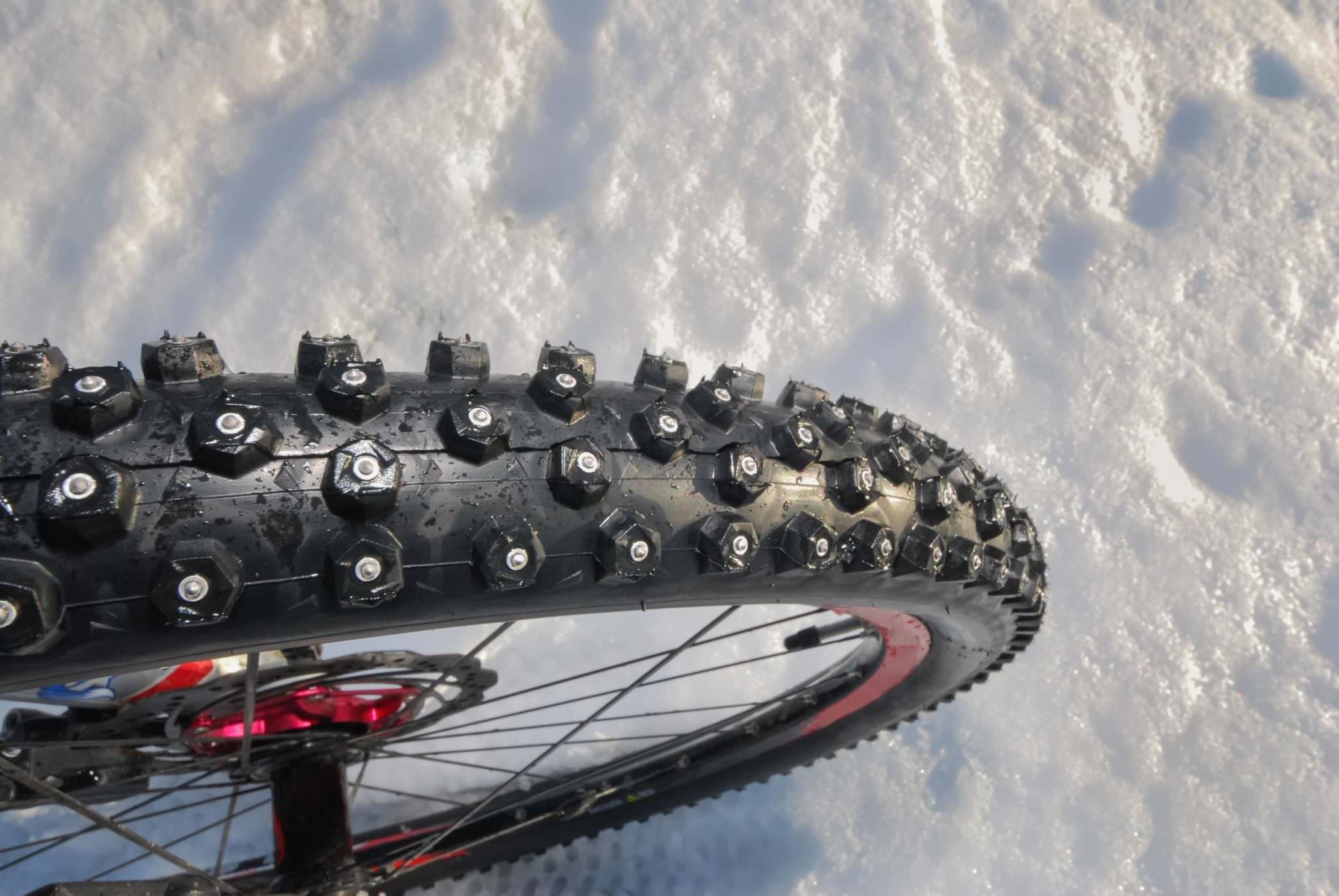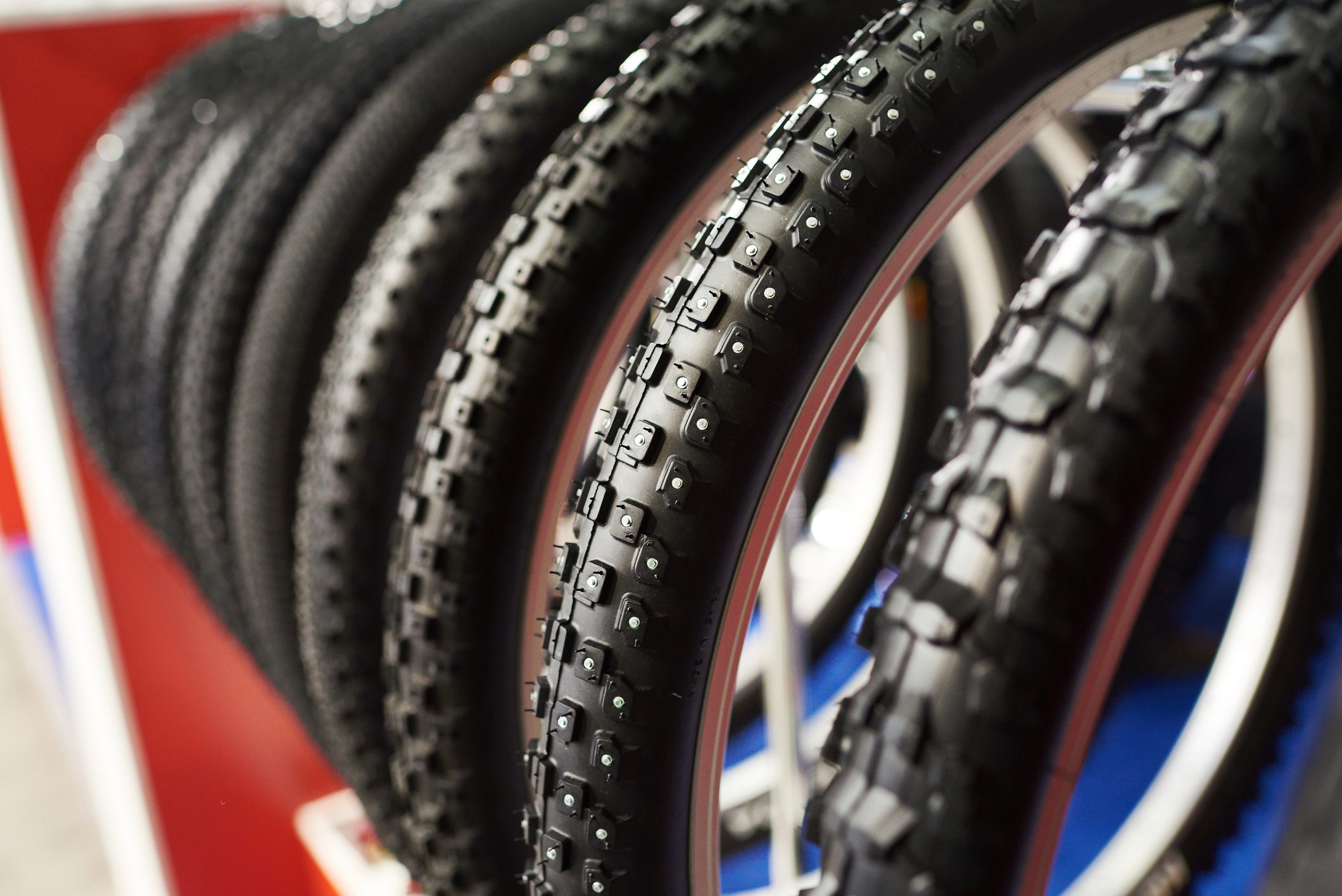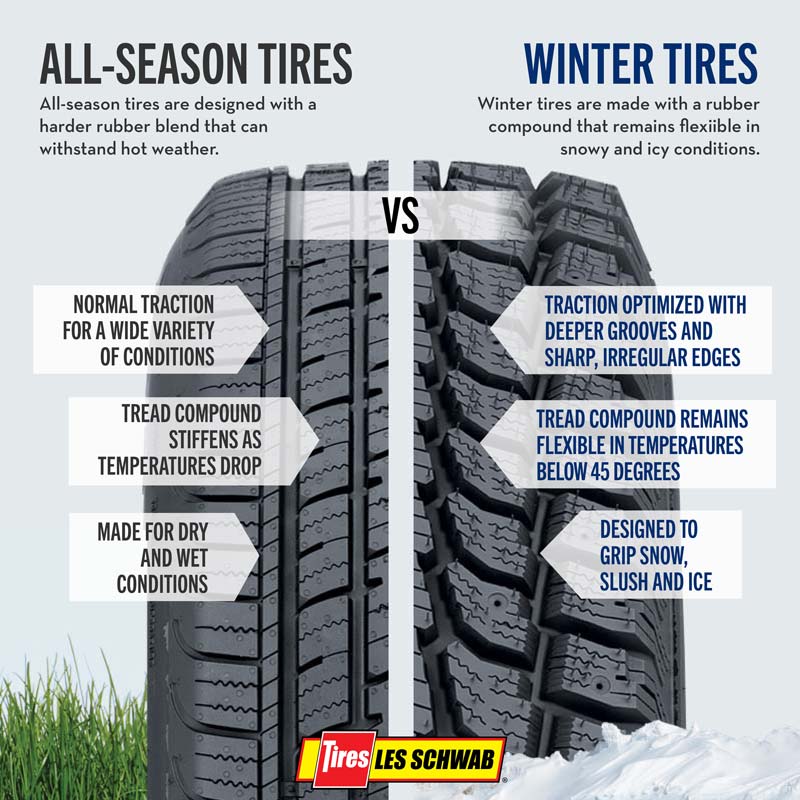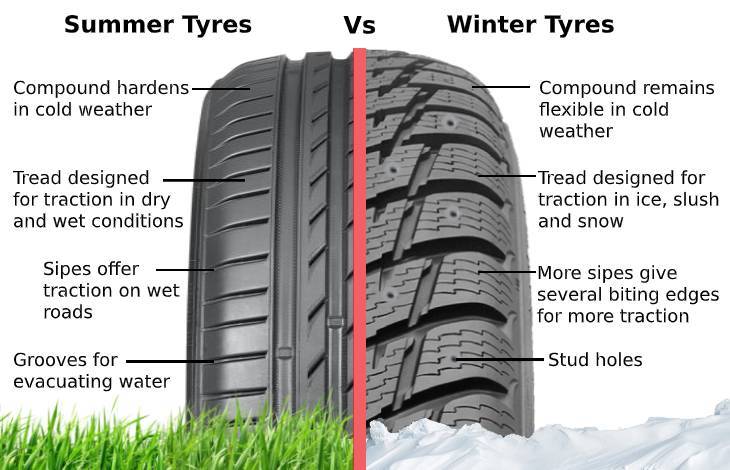Understanding the Importance of Winter Tyres for Road Cycling
As the temperature drops and winter approaches, road conditions can become hazardous due to snow, ice, and slush. Riding on regular tyres during these conditions may lead to reduced traction, compromised safety, and poor performance. This is where road cycling winter tyres come into play. Designed specifically for cold weather and slippery surfaces, these tyres provide improved grip and stability, allowing cyclists to maintain control and confidence during their rides. By investing in a pair of high-quality winter tyres, cyclists can extend their riding season and enjoy the benefits of year-round cycling.
How to Choose the Right Road Cycling Winter Tyres: Key Factors to Consider
Selecting the ideal winter tyres for road cycling involves considering several crucial factors. First and foremost, pay attention to the tread patterns. Winter tyres typically feature deeper, more aggressive treads compared to summer or all-season tyres. These patterns help evacuate water, snow, and slush, ensuring better traction and grip on slippery surfaces. Look for tyres with siping or small cuts in the tread blocks, which further enhance flexibility and grip in cold temperatures.
Another essential aspect to consider is the rubber compound. Winter tyres are formulated with softer rubber compounds that remain pliable in cold conditions, allowing for better traction and road contact. Pay attention to the tyre’s temperature rating, which indicates the optimal operating temperature range. Additionally, consider the tyre width, as wider tyres generally provide better grip and stability on snowy or icy roads. However, ensure that your bike frame and fork have sufficient clearance to accommodate wider tyres.
Top Recommended Road Cycling Winter Tyres: A Comparative Analysis
When it comes to road cycling winter tyres, several high-quality options are available to suit various preferences and budgets. This comparative analysis highlights the top-performing winter tyres for road cycling, including the Continental GP Winter, Schwalbe Marathon Winter, and Vittoria Vredestein Fortezza Winter.
Continental GP Winter
The Continental GP Winter is a popular choice among cyclists, offering excellent grip and puncture resistance. Its BlackChili compound remains flexible in cold temperatures, ensuring superior traction on slippery surfaces. The tyre’s Vectran breaker technology further enhances puncture protection, making it a reliable option for winter cycling.
Schwalbe Marathon Winter
The Schwalbe Marathon Winter features a robust tread pattern with numerous studs, providing unparalleled grip on icy roads. Its high-quality rubber compound ensures longevity and durability, while the tyre’s puncture protection belt offers added peace of mind. The Marathon Winter is an excellent choice for cyclists seeking ultimate traction and reliability in harsh winter conditions.
Vittoria Vredestein Fortezza Winter
The Vittoria Vredestein Fortezza Winter combines style and performance, featuring a unique tread pattern and distinctive design. Its advanced rubber compound, the Intelligent Tyre System (ITS), adapts to various road conditions, ensuring consistent grip and traction. The Fortezza Winter also boasts reinforced sidewalls for added durability and resistance to cuts and punctures.
Each of these winter tyres offers unique advantages and features, making them the top recommended options for road cycling during the colder months. By carefully considering factors such as tread patterns, rubber compounds, and tyre widths, cyclists can select the ideal winter tyres to meet their specific needs and preferences.
Installing and Maintaining Winter Tyres for Road Cycling: A Comprehensive Guide
Installing and maintaining winter tyres for road cycling is a straightforward process that can be accomplished with a few simple tools and steps. By following this comprehensive guide, cyclists can ensure optimal performance and longevity from their winter tyres.
Installing Winter Tyres
To install winter tyres, follow these steps:
- Deflate the tyre: Use a tyre lever or the edge of a coin to slightly loosen the tyre bead from the rim.
- Remove the old tyre: Carefully work the tyre off the rim, starting at the valve and moving around the circumference.
- Mount the new tyre: Starting at the valve, press the new tyre bead onto the rim, ensuring it is properly seated.
- Inflate the tyre: Inflate the tyre to the recommended pressure, ensuring the bead is securely in place.
Maintaining Winter Tyres
Proper maintenance is crucial for ensuring the longevity and performance of road cycling winter tyres. Follow these tips to keep your tyres in top condition:
- Regularly inspect tyres for cuts, punctures, or wear.
- Monitor tyre pressure and maintain the recommended level.
- Clean tyres with a mild soap and water solution to remove dirt and debris.
- Store tyres in a cool, dry place when not in use.
By following this comprehensive guide, cyclists can confidently install and maintain their winter tyres, ensuring optimal performance and safety during colder months. Regular inspections and maintenance will further extend the lifespan of the tyres, providing long-term value and reliability.
Maximizing Safety and Performance: Tips for Riding with Road Cycling Winter Tyres
To get the most out of road cycling winter tyres, it’s essential to follow practical tips and advice that enhance safety and performance during colder months. By adjusting your riding style, monitoring tyre pressure, and preparing for adverse weather conditions, cyclists can maximize the benefits of their winter tyres.
Adjust Your Riding Style
Winter conditions often require modifications to your riding style. Here are some tips to help you adapt:
- Allow for extra braking distance on slippery surfaces.
- Reduce your speed to maintain better control and stability.
- Avoid sudden movements or sharp turns, which can lead to loss of traction.
- Stay alert and anticipate potential hazards, such as black ice or hidden potholes.
Monitor Tyre Pressure
Properly inflated tyres are crucial for optimal performance and safety during winter cycling. Follow these guidelines:
- Check tyre pressure regularly, as cold temperatures can cause tyres to lose pressure more quickly.
- Maintain the recommended tyre pressure, which is usually indicated on the tyre’s sidewall.
- Invest in a high-quality tyre pressure gauge to ensure accurate readings.
Prepare for Adverse Weather Conditions
Winter weather can be unpredictable, so it’s essential to be prepared for various conditions. Here are some suggestions:
- Dress in layers to adjust to changing temperatures and stay warm and dry.
- Equip your bike with mudguards to protect yourself and your fellow cyclists from road spray and debris.
- Install lights and reflectors to enhance visibility during short daylight hours and poor weather conditions.
- Carry a basic repair kit, including a spare inner tube, tyre levers, and a mini-pump, in case of punctures or other issues.
By following these tips, cyclists can maximize the safety and performance of their road cycling winter tyres, ensuring enjoyable and worry-free winter rides.
Budget-Friendly Winter Tyre Alternatives for Road Cycling
While high-performance winter tyres can offer superior traction and safety during colder months, budget-conscious cyclists may still desire reliable performance without breaking the bank. Here are some affordable winter tyre options for road cycling that still prioritize safety and performance.
Continental Gatorskin
The Continental Gatorskin is a versatile tyre suitable for various conditions, including winter riding. Its durable, puncture-resistant construction and robust tread pattern provide reliable grip and protection against flats. Although not specifically designed for winter conditions, the Gatorskin’s performance and affordability make it a popular choice among budget-conscious cyclists.
Schwalbe Durano
The Schwalbe Durano is a high-quality, all-season tyre that offers excellent value for money. Its refined tread pattern and compound provide decent grip in winter conditions, while the puncture-resistant belt ensures durability and reliability. The Durano is an excellent option for cyclists seeking a versatile, affordable tyre for year-round use.
Vittoria Rubino Pro
The Vittoria Rubino Pro is a budget-friendly, high-performance tyre suitable for road cycling during colder months. Its unique tread pattern and advanced rubber compound offer decent grip and traction on wet and slippery surfaces. The Rubino Pro also boasts reinforced sidewalls for added durability and resistance to cuts and punctures, making it an excellent choice for cyclists on a budget.
By considering these budget-friendly winter tyre alternatives, cyclists can still enjoy safe and reliable performance during colder months without compromising their financial stability. While these tyres may not offer the same level of traction and grip as high-performance winter tyres, they still provide a cost-effective solution for winter road cycling.
Comparing Winter Tyres with All-Season Tyres: Which is the Better Choice for Road Cycling?
When selecting tyres for road cycling during colder months, cyclists often face the decision between winter tyres and all-season tyres. Each option has its advantages and disadvantages, and understanding these can help cyclists make an informed decision based on their specific needs and preferences.
Winter Tyres
Winter tyres, also known as studded tyres, are specifically designed for cold and slippery conditions. They feature aggressive tread patterns and metal studs that provide exceptional grip and traction on icy and snowy surfaces. Winter tyres are ideal for cyclists who frequently ride in extreme winter conditions, as they offer unparalleled safety and performance during these months.
All-Season Tyres
All-season tyres, on the other hand, are designed to offer versatile performance in various conditions, including wet, dry, and mildly cold weather. They typically feature moderate tread patterns and rubber compounds that strike a balance between grip, durability, and rolling resistance. All-season tyres are suitable for cyclists who prefer a year-round solution without the need for seasonal tyre changes.
Key Differences
The primary differences between winter tyres and all-season tyres for road cycling include:
- Tread patterns: Winter tyres have more aggressive tread patterns and metal studs, while all-season tyres have moderate tread patterns.
- Grip and traction: Winter tyres provide superior grip and traction on icy and snowy surfaces, while all-season tyres offer balanced performance in various conditions.
- Rolling resistance: All-season tyres generally have lower rolling resistance than winter tyres, resulting in improved efficiency and speed.
- Durability: All-season tyres typically have longer lifespans than winter tyres, as they are not subjected to the same level of wear and tear from extreme winter conditions.
- Cost: Winter tyres are often more expensive than all-season tyres due to their specialized design and construction.
Ultimately, the choice between winter tyres and all-season tyres for road cycling depends on individual needs, preferences, and riding conditions. Cyclists who frequently encounter harsh winter conditions should consider winter tyres for their superior grip and traction, while those seeking a versatile, cost-effective solution may prefer all-season tyres.
Long-Term Durability and Value: Assessing the Cost-Effectiveness of Road Cycling Winter Tyres
When considering the investment in road cycling winter tyres, it’s essential to evaluate their long-term durability and value. While winter tyres may have a higher upfront cost compared to all-season tyres, their performance, safety benefits, and potential for longer lifespans can make them a cost-effective choice for dedicated cyclists.
Performance and Safety Benefits
Road cycling winter tyres are specifically designed to provide superior grip, traction, and control in cold and slippery conditions. By investing in high-quality winter tyres, cyclists can enjoy improved performance, increased safety, and enhanced riding confidence during colder months. These benefits can lead to more enjoyable and productive winter rides, ultimately contributing to overall cycling satisfaction and skill development.
Potential for Longer Lifespans
Although winter tyres are subjected to harsher conditions than all-season tyres, they are typically built with durability in mind. High-quality winter tyres often feature reinforced sidewalls, puncture-resistant belts, and robust tread patterns that can withstand the rigors of winter riding. As a result, winter tyres may have a longer lifespan than all-season tyres when used exclusively during colder months, making them a more cost-effective choice in the long run.
Cost-Effectiveness
To determine the cost-effectiveness of road cycling winter tyres, consider the following factors:
- Upfront cost: Compare the prices of winter tyres and all-season tyres, taking into account any differences in performance, safety, and durability.
- Usage frequency: Evaluate how often you’ll be using your winter tyres, considering factors such as your local climate, riding schedule, and personal preferences.
- Tyre lifespan: Estimate the potential lifespan of both winter and all-season tyres based on their construction, materials, and usage patterns.
- Maintenance costs: Factor in any additional maintenance or replacement costs associated with each tyre option, such as tubes, puncture repair kits, or tyre sealant.
By carefully considering these factors, cyclists can make an informed decision about the long-term cost-effectiveness of investing in road cycling winter tyres. While the upfront cost may be higher, the performance, safety benefits, and potential for longer lifespans can make winter tyres a worthwhile investment for dedicated cyclists seeking the best winter riding experience.








